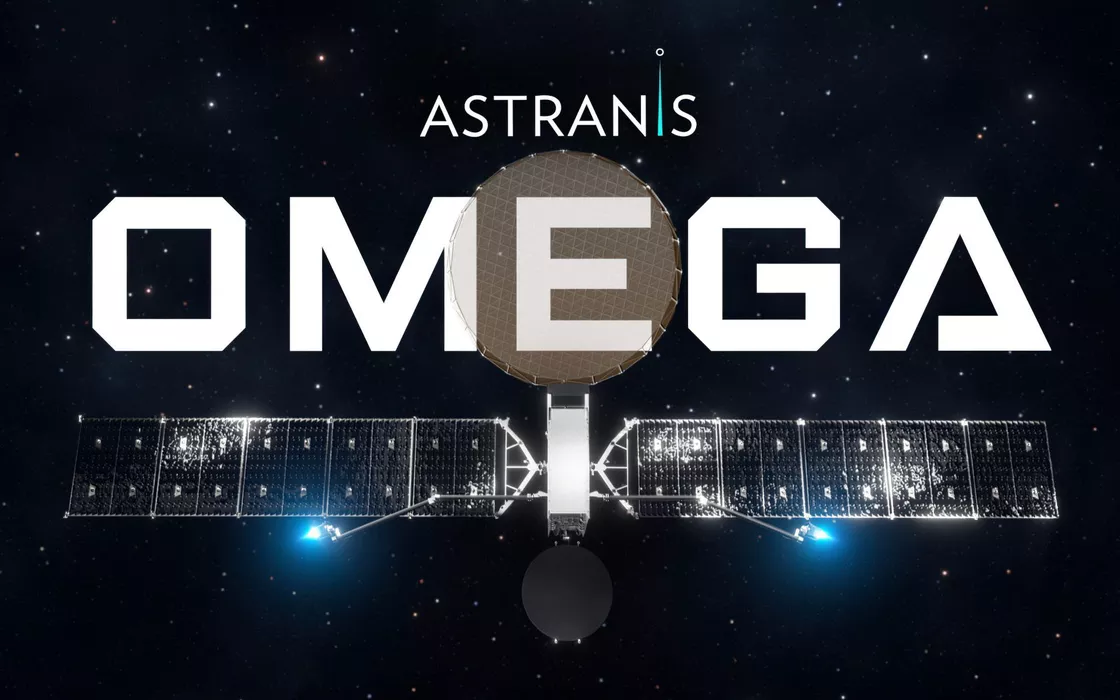Starlink, Elon Musk’s company specializing in providing satellite communications to business and private customers, will soon have a new rival. Astranisan American company based in San Francisco (California) led by CEO John Gedmark, has announced a service that will allow you to take advantage of a bandwidth satellite equal to at least 50 Gbps.
The new platform is called Astranis Omega and will debut on the market, at least according to the company’s plans, during 2026. This is not an “improvisation” because Astranis already offers satellite communication services in many countries around the world using its satellites MicroGEOthe size of a dishwasher and weighing approximately 400 kg.
The adoption of an improved version of the MicroGEO satellite, a little larger and heavier (600 kg), will make it possible to increase the transmission speed data from 10 Gbps to at least 50 Gbps. Omega will represent a leap forward, offering – according to Astranis spokespersons – the best capacity per kilogram.
What the Astranis Omega service is and how it works
Current satellites use a hybrid system of chemical propulsion, which burns fuel and oxidant, and electric. Omega will be powered exclusively by electric propulsionextending its operational life to nearly 10 years and improving in-orbit maneuverability.
In the initial phase, companies will be Omega’s main customers: the co-founder and CEO of Astranis preferred to avoid naming names for now but revealed that energy, oil and gas companies have interests over vast geographical areas and need a secure satellite support.
I satelliti Astranis, inclusi i MicroGEOare small in size, which reduces the launch costs e operational. The idea is to provide an offer “satellite as a service“, even going as far as assigning a satellite, completely or partially, to a single customer for a monthly or “one-off” fee.
For comparison, conventional satellites are typically the size of a school bus and weigh several tons. For example, Viasatwhich provides high-speed satellite broadband services, has a small constellation of satellites with a transmission capacity of 1,000 Gbps, but the satellites are huge, weighing up to 6,000 kg.
Astranis plans to launch the first Omega satellite in 2025, followed by six more in 2026. After this initial phase, the company plans to place up to 24 satellites in orbit per year, depending on the production rate (the Omega satellites will be built “in house” for approximately 70%).
The US is pushing hard on satellite communications
The Biden administration is proposing a significant investment program to extend and enhance the satellite communication capability, with an emphasis on protection, “tactical” aspects and the use of specific frequency bands. The implications are both civil and military and could have a significant impact on the satellite communications industry, including Astranis.
The frequency bands Ka and X are specifically used for satellite communications. There except you it is a portion of the electromagnetic wave spectrum that extends approximately from 26.5 to 40 GHz. It is known for its ability to carry a huge amount of data, making it ideal for applications that need high bandwidth.
The X band it sits at slightly lower frequencies than the Ka band, typically 7 to 12.5 GHz. This band is used for a variety of purposes, including military communications systems, weather radar, and satellite altimetry. It offers greater resistance to atmospheric interference, a feature that makes it useful for all those applications that require greater precision and reliability in communications.
The US programProtected Tactical SATCOM-Global (PTS-G)” plans investments of $558 million over two years with the goal of expanding the geostationary communications constellation of small satellites in Ka and X bands.

